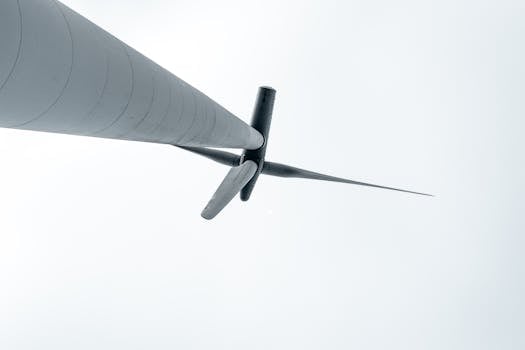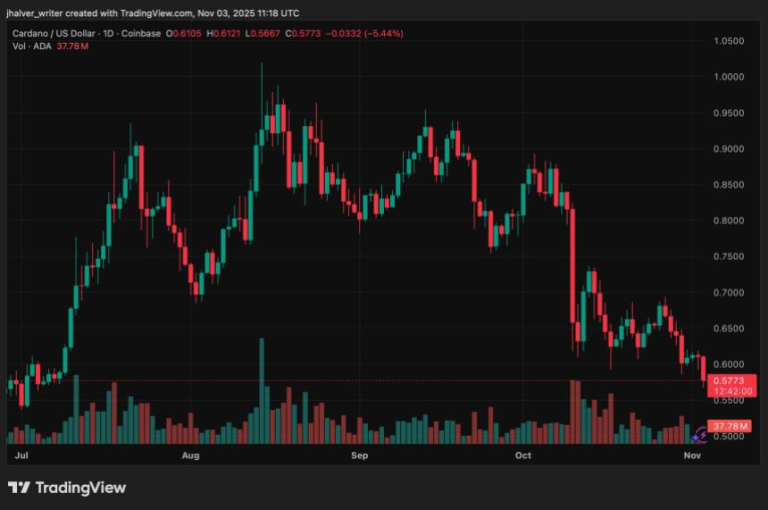
The Vital Role of Mechanics in Advancing Renewable Energy Technologies
Takeaways: Mechanics plays a critical role in the design, efficiency, and maintenance of renewable energy technologies. Understanding mechanical principles is essential for improving the performance of systems like solar panels and wind turbines, ultimately driving the transition to sustainable energy sources.
As the world increasingly shifts towards sustainable energy solutions, the importance of mechanical engineering in this domain cannot be overstated. Renewable energy technologies, which include solar panels, wind turbines, and hydroelectric systems, rely heavily on mechanical principles to optimize performance and efficiency. In this article, we will delve into the various ways mechanics contributes to the advancement of renewable energy technologies and the implications for the future of energy production.
Understanding the Mechanics of Renewable Energy

- Design and Innovation: Mechanical engineers are responsible for the design of renewable energy systems. For instance, in wind energy, the design of turbine blades is a mechanical challenge that requires understanding aerodynamics and material strength to ensure maximum efficiency and durability.
- Efficiency Optimization: Mechanics aids in the optimization of energy conversion processes. In solar panels, mechanical systems are involved in tracking the sun’s path to maximize energy capture throughout the day.
- Maintenance and Reliability: Understanding mechanical systems allows for better maintenance strategies, ensuring that renewable energy systems operate reliably over their lifespan.
Mechanics in Solar Energy Technologies

- Mounting Systems: The design of mounting systems for solar panels is critical. They must be mechanically robust to withstand various environmental conditions, including wind and snow loads. Engineers must calculate the optimal angles for mounting to maximize sun exposure.
- Tracking Systems: Solar tracking systems use mechanical components to adjust the angle of solar panels throughout the day. This mechanical movement enhances the energy output by keeping the panels aligned with the sun’s position.
- Heat Management: Mechanics also plays a role in managing the heat generated by solar panels. Effective thermal management systems are essential to maintain efficiency, as high temperatures can reduce the performance of PV cells.
Mechanics in Wind Energy Technologies

- Blade Design: The design of turbine blades is a complex mechanical challenge. Engineers use principles of fluid dynamics and materials science to create blades that can efficiently capture wind energy while being lightweight and durable.
- Gearbox and Generator Systems: The mechanical systems that convert the rotational energy of the blades into electrical energy, including gearboxes and generators, are essential for efficiency. The design and maintenance of these systems are critical for the overall performance of wind turbines.
- Structural Integrity: Wind turbines must withstand significant forces from wind and environmental conditions. Mechanical engineering ensures that the turbines are structurally sound and can operate safely over long periods.
Conclusion







